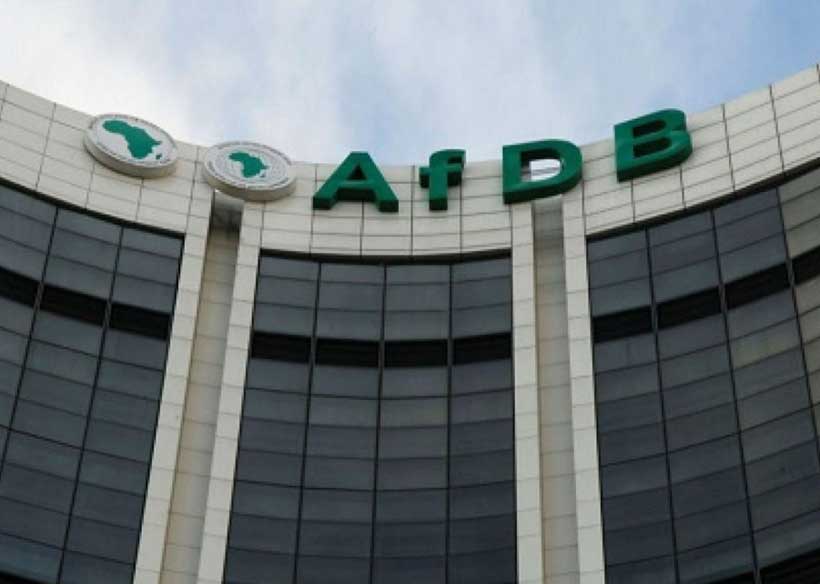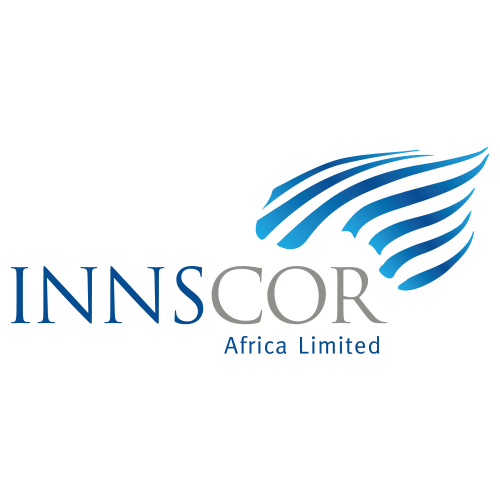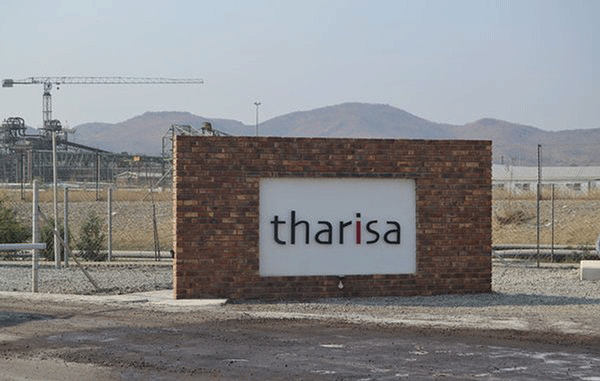OK puts in place modalities for sustainable growth
RETAIL giant OK Zimbabwe says modalities have been put in place to enhance business sustainability, improve growth and drive solid profitability.
In its half-year condensed financial results for the period ended 30 September 2023, the retail group said the implementation of cost optimisation initiatives across the operations, streamlining, processes, renegotiating supplier contracts, and implementing efficient measures to reduce overheads were critical.
“Management has put in place a comprehensive business and volume recovery plan whose short and medium term objectives are to restore business sustainable growth and profitability,” board chairperson, Mr Herbet Nkala, said in a statement.
He noted that the continued mandatory use of the official exchange rate with a capped 10 percent margin for formal retail has caused a significant loss of volumes by formal players to the informal sector, which enjoyed more exchange rate flexibility.
Mr Nkala said suppliers have resorted to shortened trading terms as they seek to hedge against the exchange rate movement-induced losses, which has resulted in high incidences of stockouts.
However, he said the group welcomes the Monetary Policy Committee’s recommendation to remove the 10 percent margin cap on the instore exchange rate and the removal of intermediary money transfer (IMT) tax on card transactions for customers.
“These measures will go a long way to remove the price distortions brought about by the uneven exchange rate disparities and this should result in lower prices for the consumers,” said Mr Nkala.
“However, we await the regulatory provisions that will give legal effect to the recommendations.”
Meanwhile, OK Zimbabwe has recorded 60,38 percent revenue growth for the half year to $727,9 billion from $453,8 billion in the comparative period.
In historical cost terms, revenue grew by 473,46 percent to $541,3 billion from $94,4 billion.
“As a consequence of the exchange rate deterioration, the cost of doing business continued to increase to unsustainable levels. In historical cost terms, operating costs increased by 886,83 percent mainly driven by utilities and backup power expenses, transport and delivery, maintenance expenses, and labour costs,” said Mr Nkala.
Profit before tax for the period increased by 62,7 percent to $43,4 billion from $26,7 billion during the same period last year translating to a 5,97 percent profit margin.
Profit after tax was $21,2 billion as compared to $13,9 billion recorded last year, whilst in historical cost terms the net loss was $9,2 billion from $2,2 billion same period last year. —










